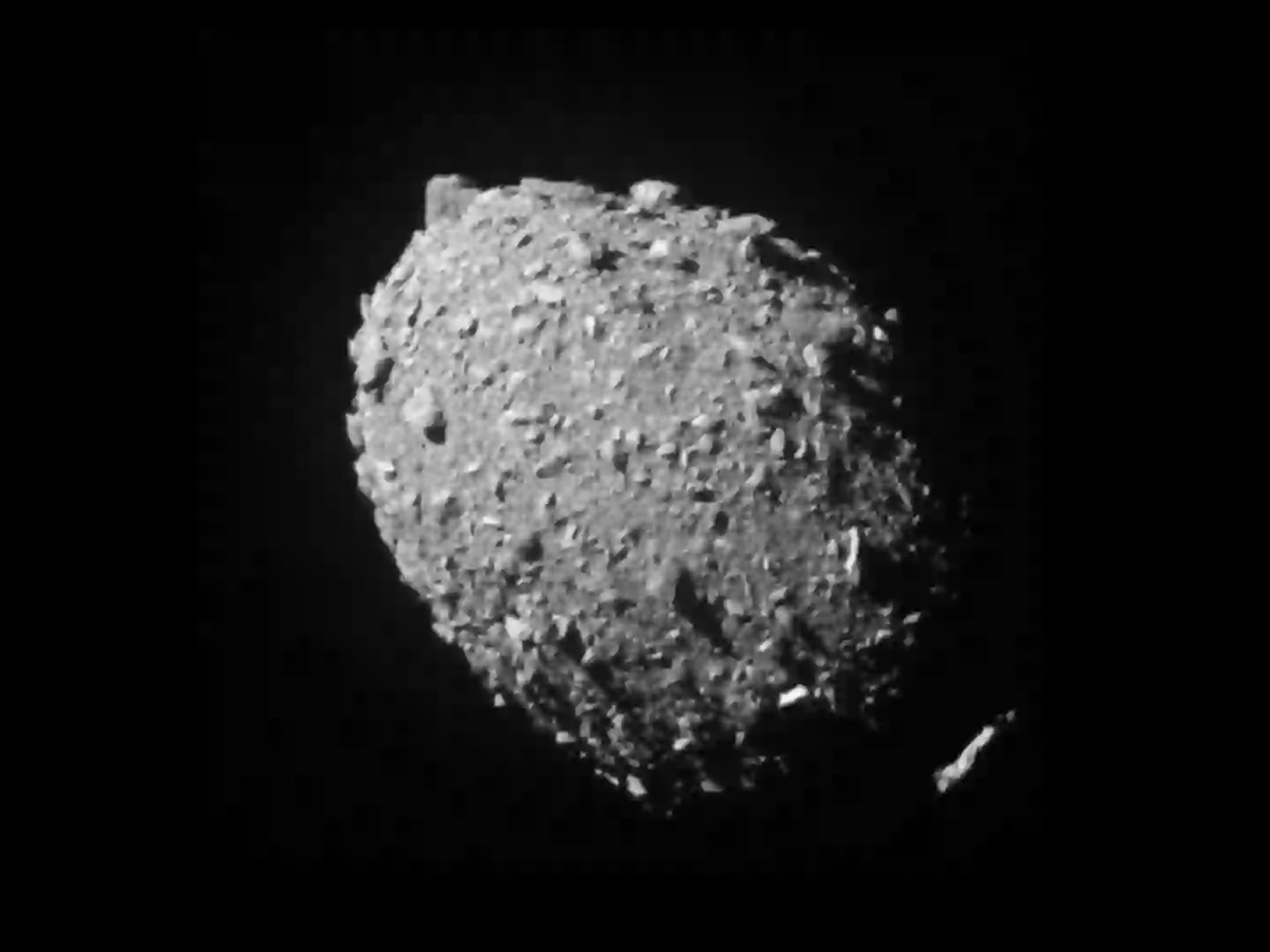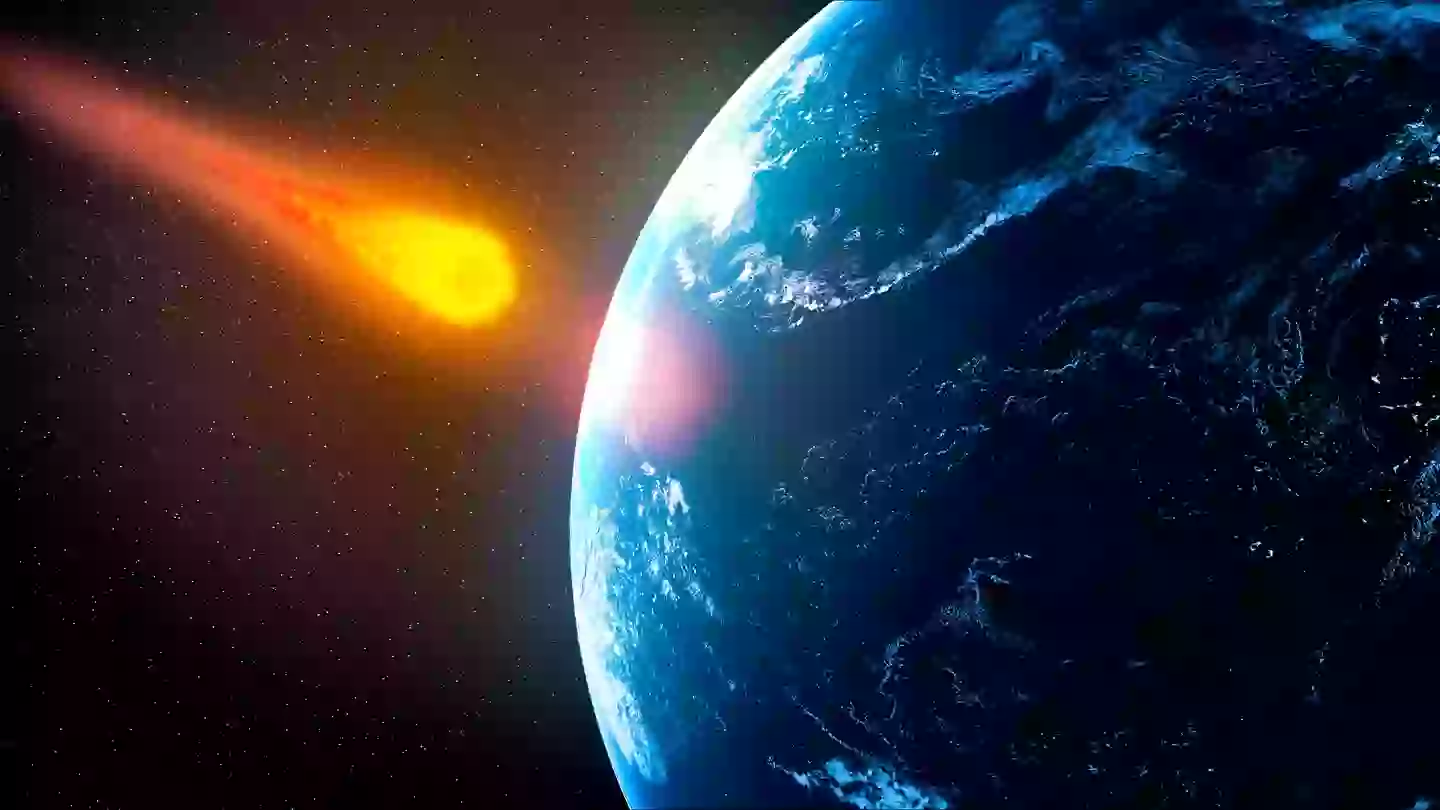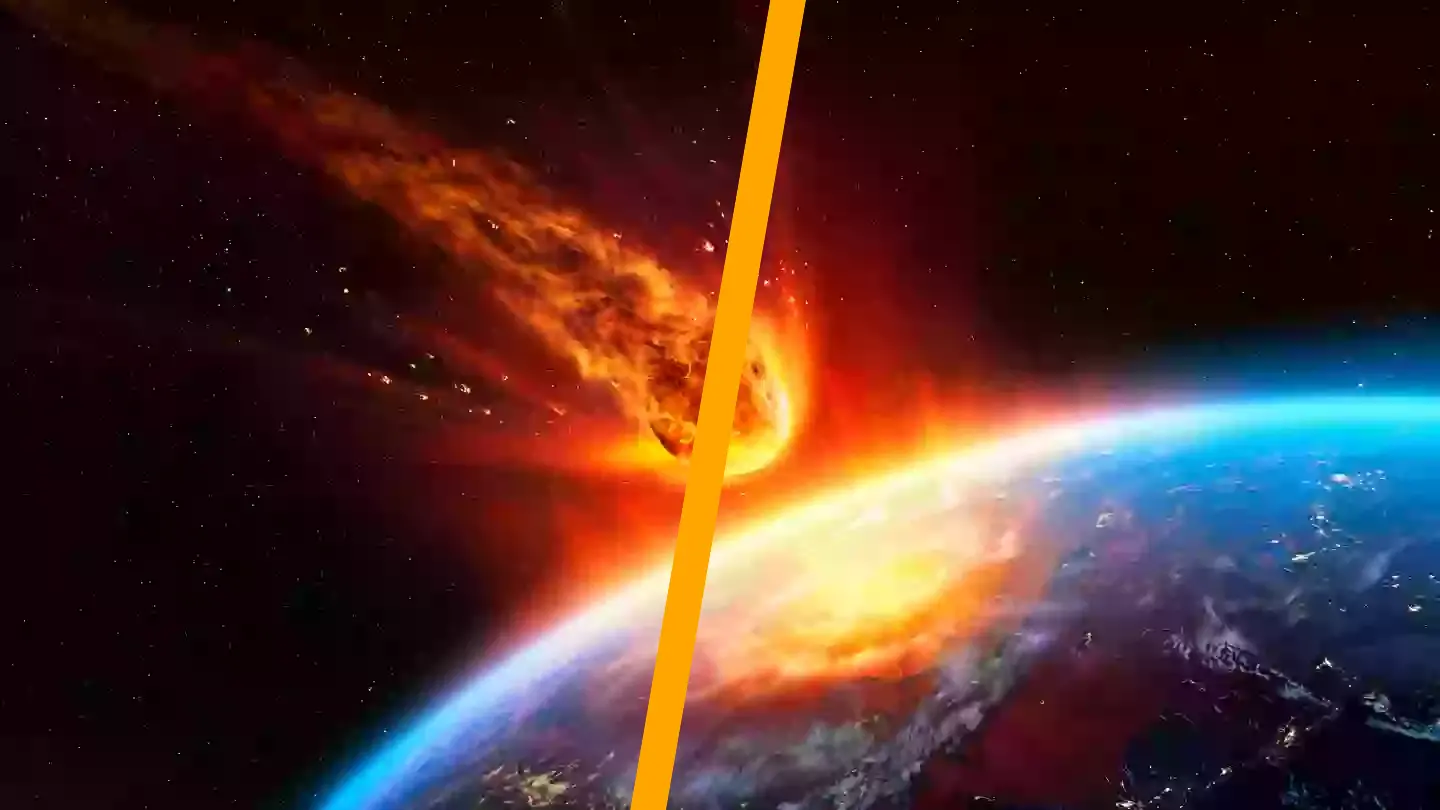There is a looming threat of an asteroid, sizable enough to obliterate an entire city, possibly colliding with Earth in the near future.
Comparable in size to the Statue of Liberty, this asteroid, named ‘2024 YR4’, was initially observed in December, prompting the formulation of strategies to safeguard humanity against its perilous approach.
Dr. Robin George Andrews, a scientist and author of the book How to kill an asteroid, has raised concerns about the potential risks of using rockets to alter its trajectory.
To address this threat, NASA has made an urgent decision to allow an international team of astronomers to utilize the James Webb Space Telescope. This initiative aims to ascertain the asteroid’s size as accurately as possible.
By determining its dimensions, scientists hope to assess the potential damage it could inflict upon Earth and pinpoint possible impact locations.
The anticipated collision is projected for 2032, with NASA’s Center for Near Earth Object Studies (CNEOS) estimating a one-in-43 chance, or a 2.3 percent probability, of the asteroid striking our planet.
Initially, the odds were reported as one-in-83, and it remains uncertain if these probabilities will increase.

Andrews shared a detailed and informative thread on Twitter, referencing the Double Asteroid Redirection Test (DART), the inaugural mission aimed at demonstrating a method for asteroid deflection through kinetic impact.
DART launched in November 2021 and successfully impacted its targets, Didymos and its moonlet Dimorphos, in September 2022.
Andrews remarked on the mission’s success in demonstrating that asteroid deflection is feasible but cautioned that “it doesn’t mean we can use kinetic impactors like it to deflect any asteroid whenever we want.”
He elaborated: “Nobody wants to accidentally ‘disrupt’ an asteroid, because those components can still head for Earth. As I often say, it’s like turning a cannonball into a shotgun spray.
“But we aren’t going to see it again until another Earth flyby in 2028. So much could go wrong if we try and hit it with something like DART.

“It may be smaller, or larger. If it’s too big, we may not be able to deflect it with one spacecraft. We’d need several to hit it perfectly, all without catastrophically breaking it.”
He continued: “And with only a few years down the line, we could accidentally deflect it—but not enough to make it avoid the planet. Then, it still hits Earth, just somewhere else that wasn’t going to be hit.
“Maybe 2024 YR4’s odd will rise, and we will successfully deflect it in 2028 using a monster-sized spacecraft. Or maybe we’ll break an awkward taboo and instead opt to use a nuclear warhead to try to deflect it, which would provide a bigger punch to the asteroid than DART.”
Andrews also suggested that evacuation could become necessary if it proves impossible to deflect the asteroid, implying that relocation from the projected impact zone might be the only viable option.

